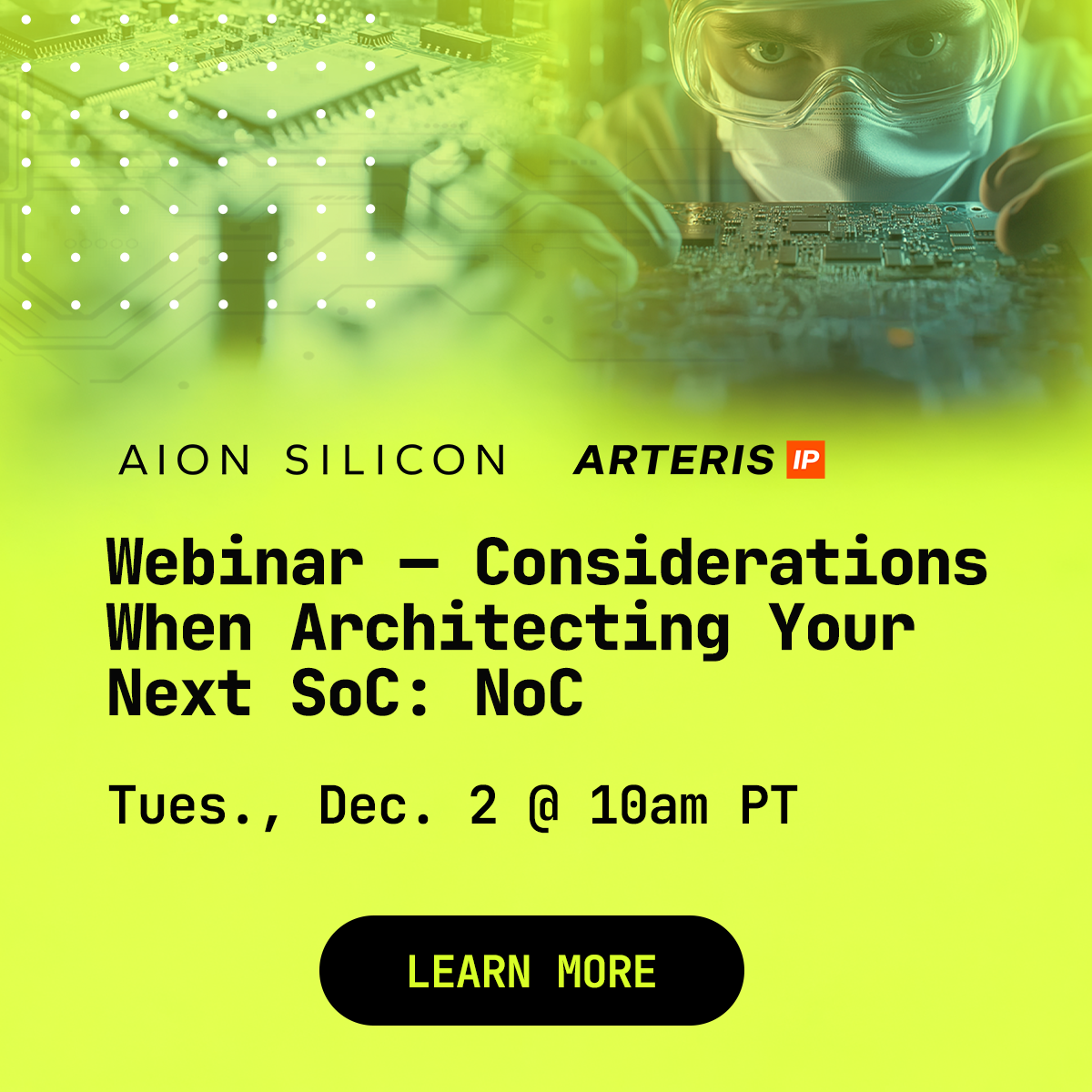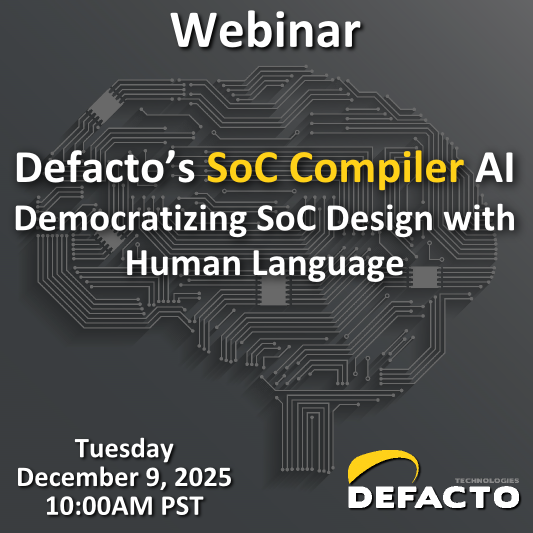LLMs are already simplifying assertion generation but still depend on human-generated natural language prompts. Can LLMs go further, drawing semantic guidance from the RTL and domain-specific training? Paul Cunningham (GM, Verification at Cadence), Raúl Camposano (Silicon Catalyst, entrepreneur, former Synopsys CTO… Read More
Author: Bernard Murphy
LLMs Raise Game in Assertion Gen. Innovation in Verification
Recent AI Advances Underline Need to Futureproof Automotive AI
The world of AI algorithms continues to advance at a furious pace, and no industry is more dependent on those advances than automotive. While media and analysts continue to debate whether AI will deliver value in business applications, there is no question that it adds value to cars, in safety, some level of autonomous driving, … Read More
Perspectives from Cadence on Data Center Challenges and Trends
From my vantage point in the EDA foxhole it can be easy to forget that Cadence also has interests in much broader technology domains. One of these is in data center modeling and optimization, through their Cadence Reality Digital Twin Platform. This is an area in which they already have significant track record collaborating with… Read More
A Perspective on AI Opportunities in Software Engineering
Whatever software engineering teams are considering around leveraging AI in their development cycles should be of interest to us in hardware engineering. Not in every respect perhaps but there should be significant commonalities. I found a recent paper on the Future of AI-Driven Software Engineering from the University of … Read More
Big Picture PSS and Perspec Deployment
I met Moshik Rubin (Sr. Group Director, Product Marketing and BizDev in the System Verification Group at Cadence) at DVCon to talk about PSS (the Portable Stimulus Standard) and Perspec, Cadence’s platform to support PSS. This was the big picture view I was hoping for, following more down in the details views from earlier talks.… Read More
An Important Advance in Analog Verification
Innovation in analog design moves slowly, not from lack of desire for better methods from designers or lack of effort and ideas from design tech innovators, but simply because the space is so challenging. Continuous time and signals, and variances in ambient/process characteristics represent a multi-dimensional space across… Read More
Metamorphic Test in AMS. Innovation in Verification
We have talked about metamorphic testing before. Here is a clever application to testing an AMS subsystem. Paul Cunningham (GM, Verification at Cadence), Raúl Camposano (Silicon Catalyst, entrepreneur, former Synopsys CTO and lecturer at Stanford, EE292A) and I continue our series on research ideas. As always, feedback welcome.… Read More
Compute and Communications Perspectives on Automotive Trends
Automotive electronics is a fast-moving space, especially around sensing and distilling intelligence from that sensing. This serves three main pillars: autonomy, electrification and advances in the car cockpit. Autonomy at multiple levels remains an important goal and continues to advance, technically and geographically.… Read More
Siemens Fleshes out More of their AI in Verification Story
While Cadence and Synopsys were sharing a lot of detail over the past few years about what they were doing in AI, Siemens EDA seemed content to offer a very general picture about their intentions without getting into a lot of detail. At DVCon 2025 they finally pulled back the curtain. Why wait until now to announce?
Darron May (Director… Read More
Accellera at DVCon 2025 Updates and Behavioral Coverage
As usual I check in on Accellera activities each year at DVCon. Lu Dai (chair) gave an opening talk at the Accellera lunch, with contributions from other speakers on a few topics. In the afternoon I heard an update on PSS 3.0. What follows is a quick summary with my own musings on behavioral coverage.
Notable non-PSS topics
Karsten … Read More

















TSMC Formally Sues Ex-SVP Over Alleged Transfer of Trade Secrets to Intel